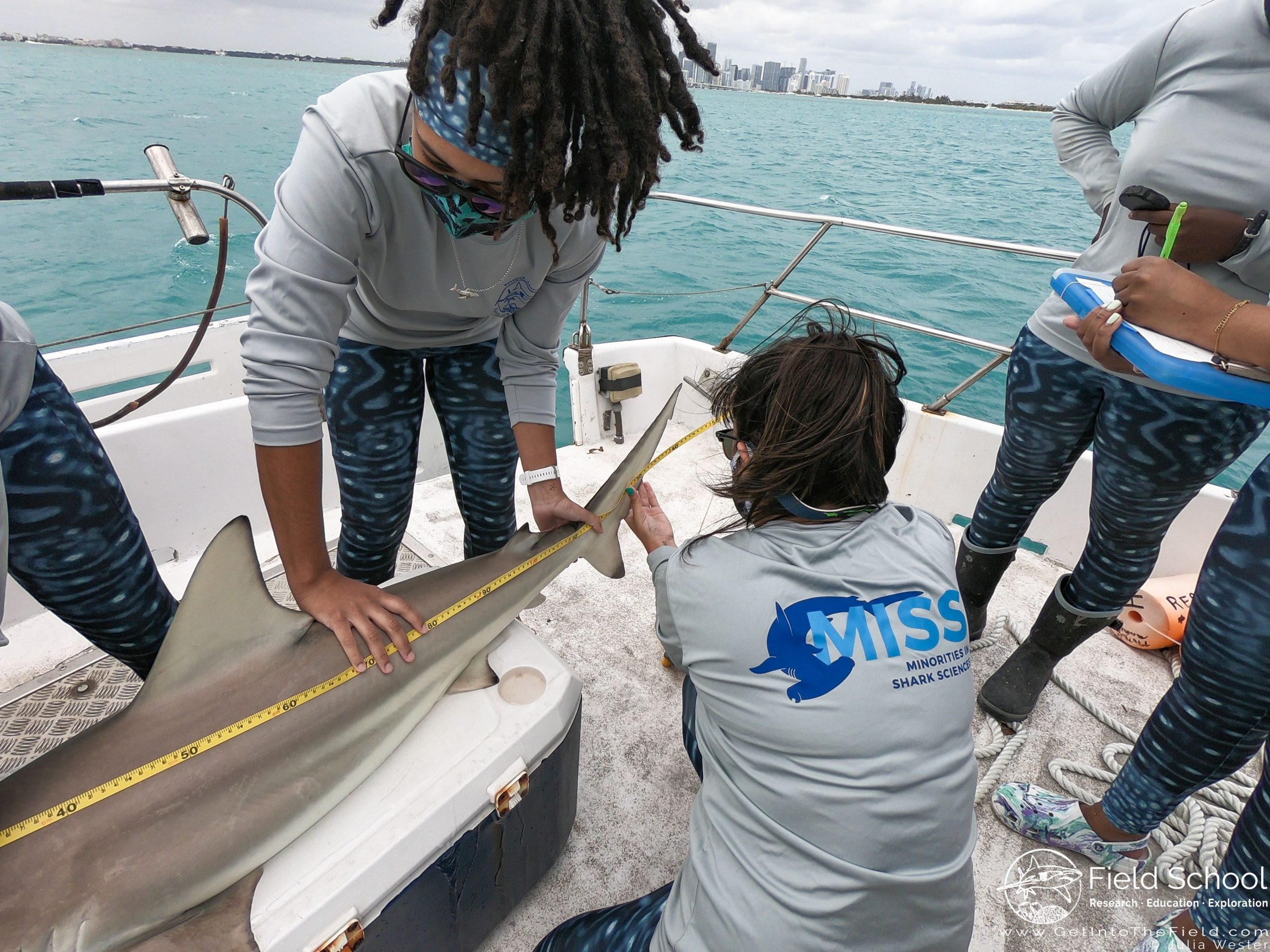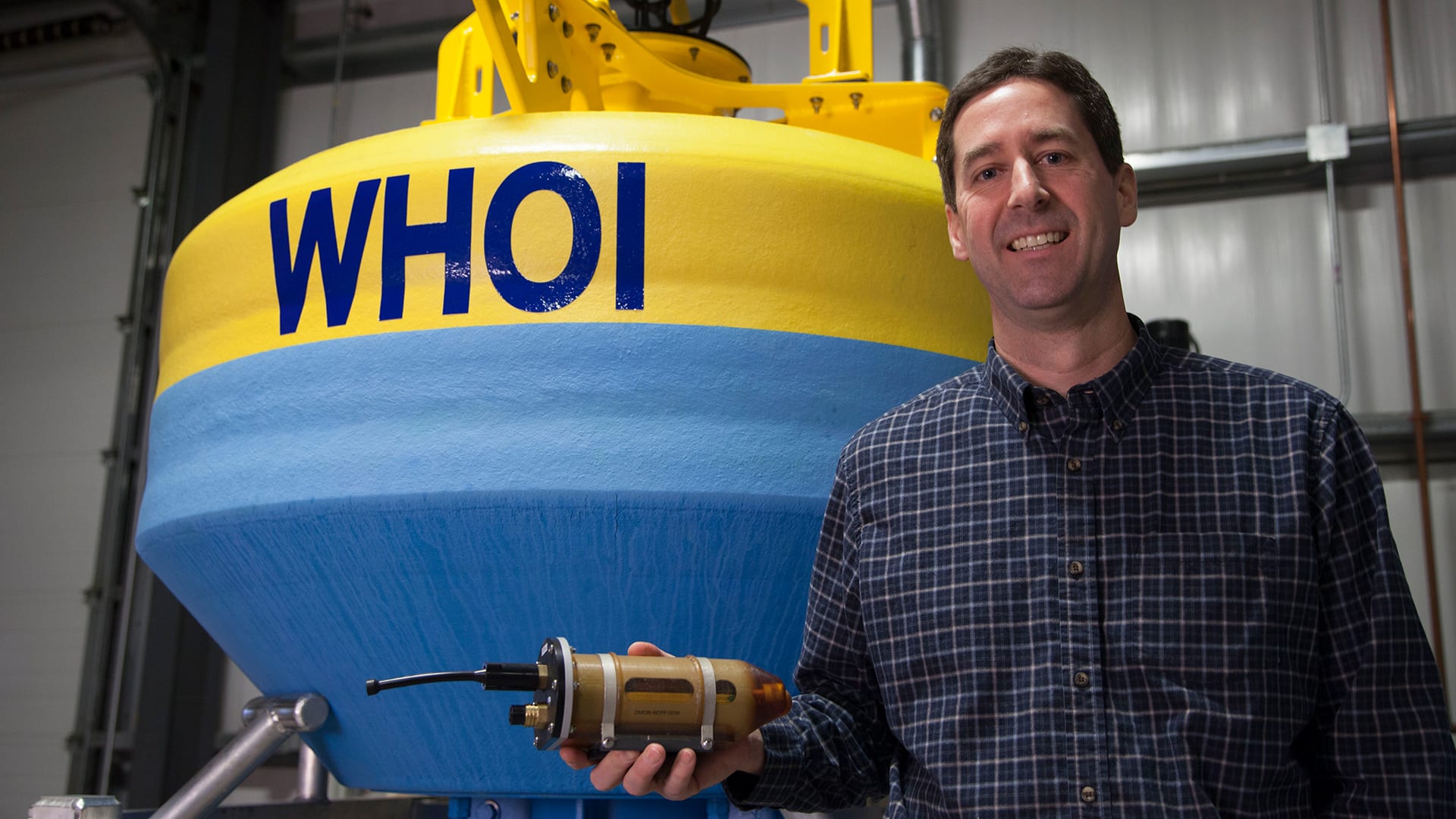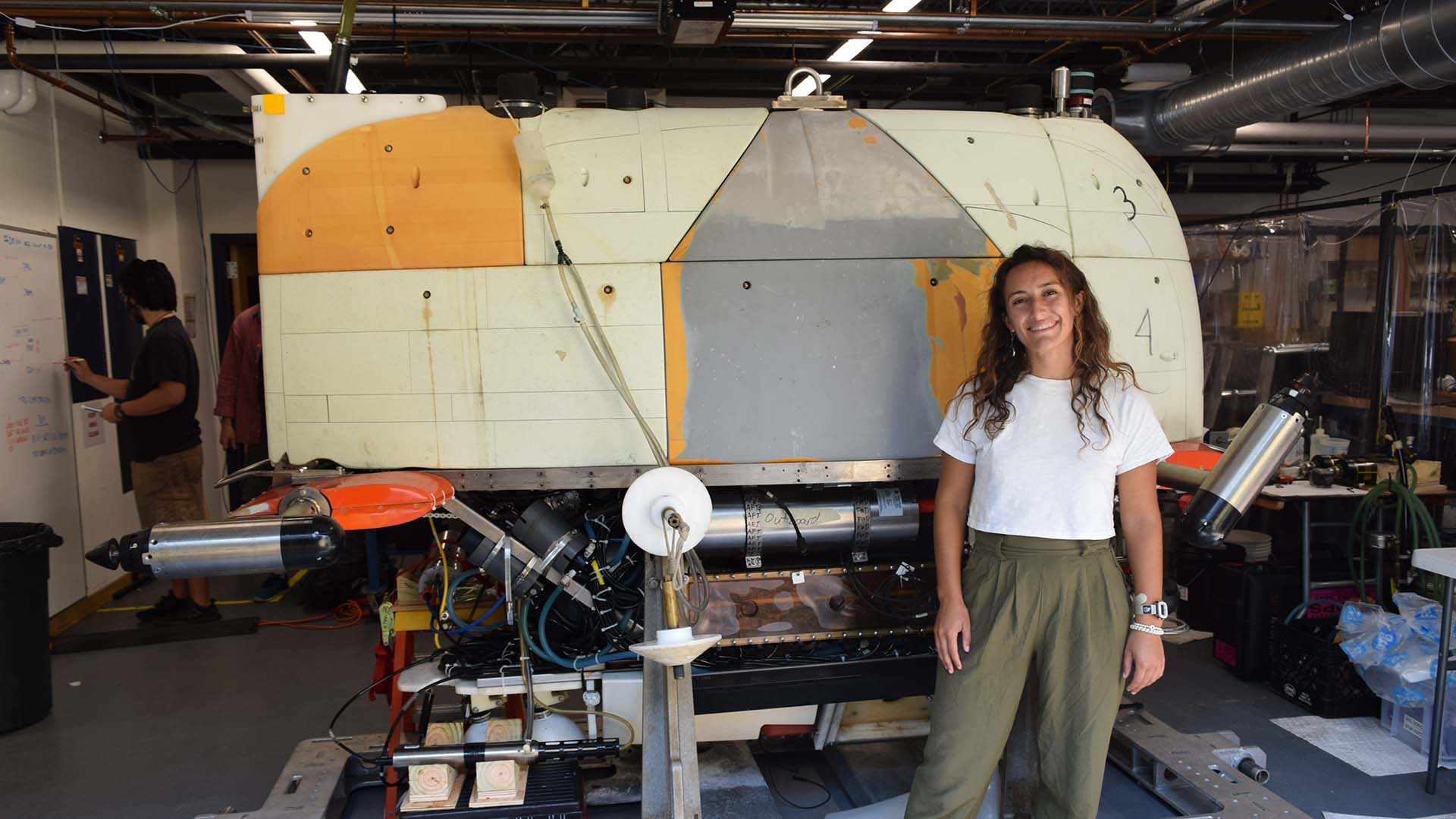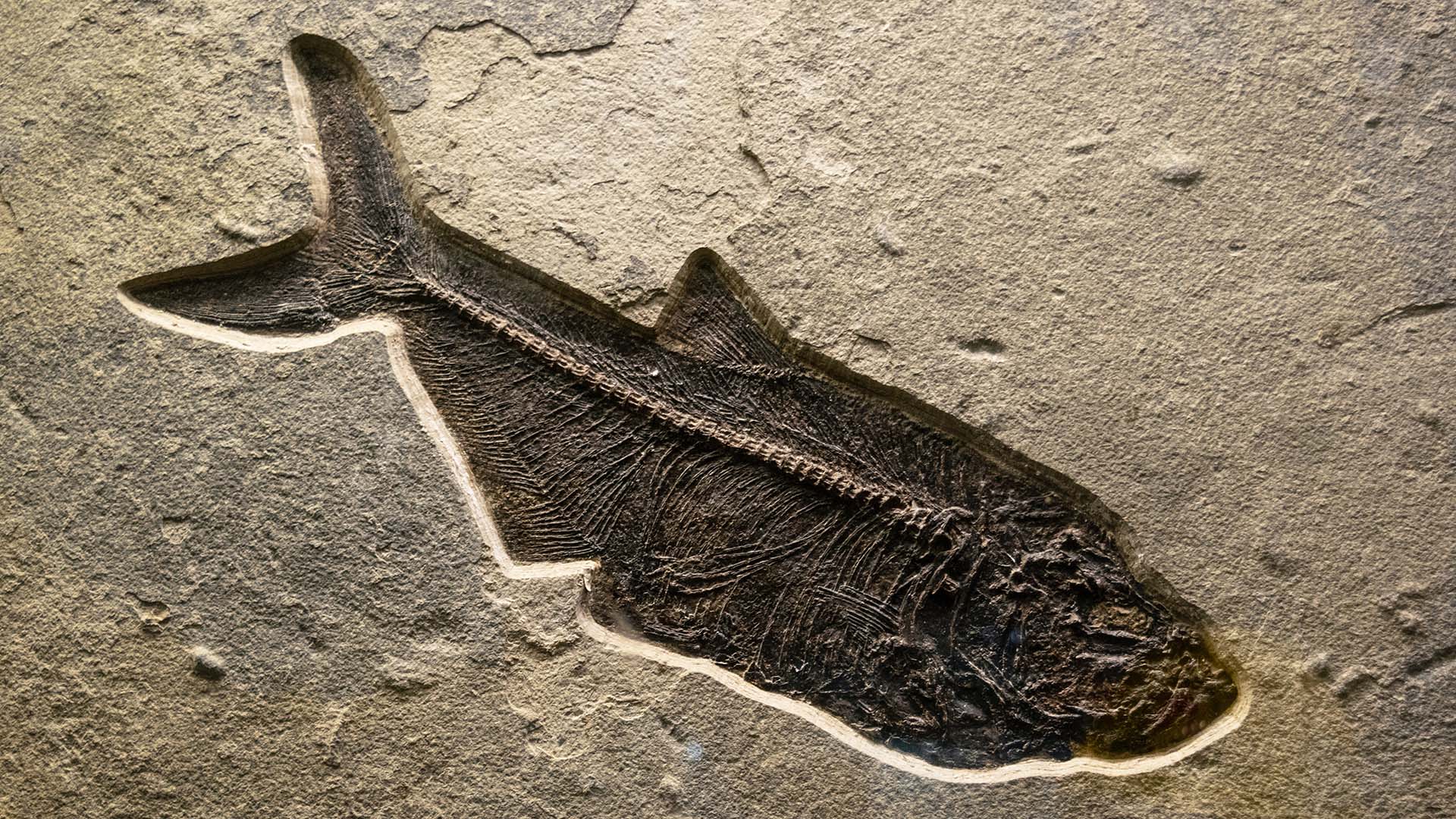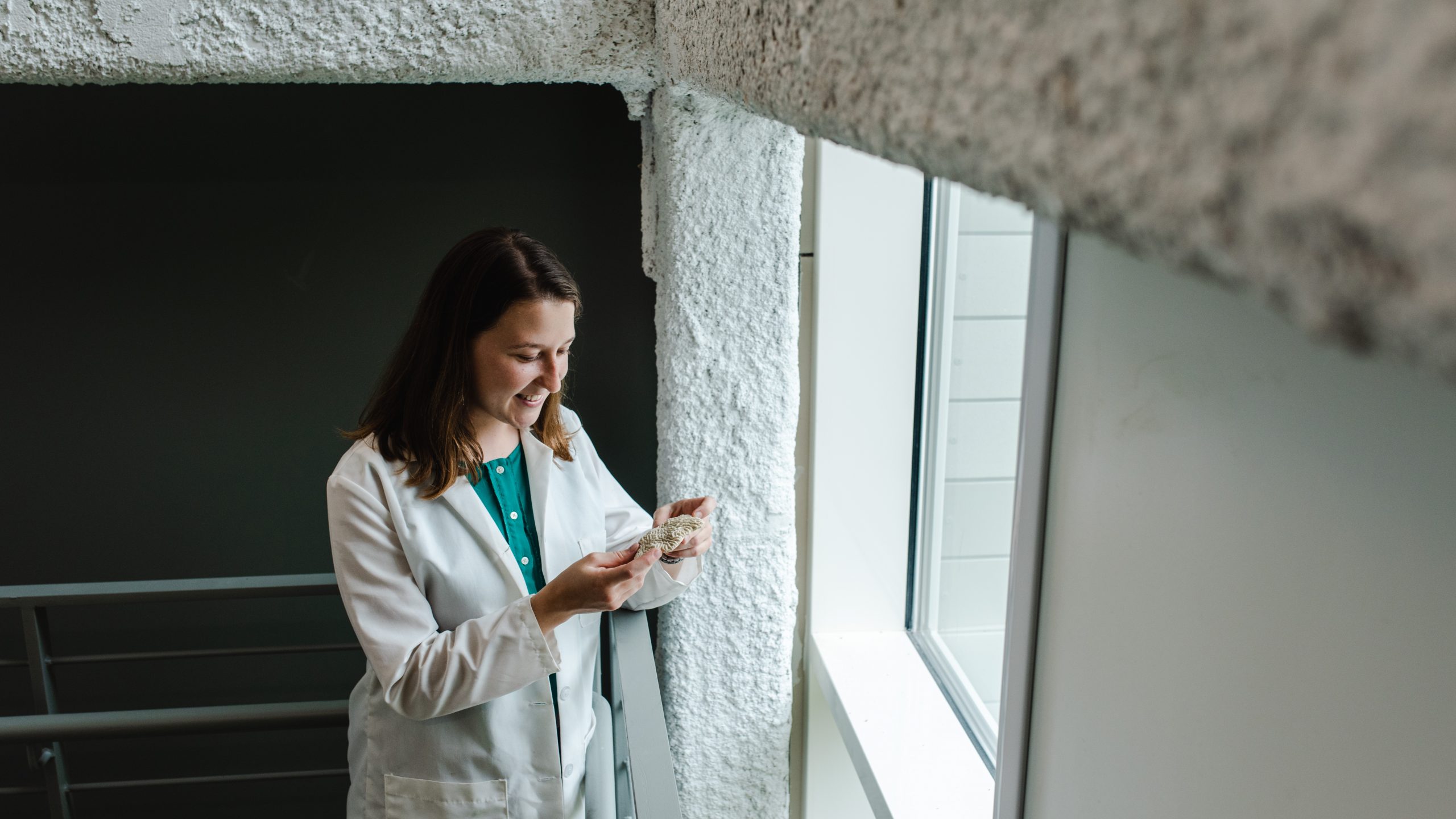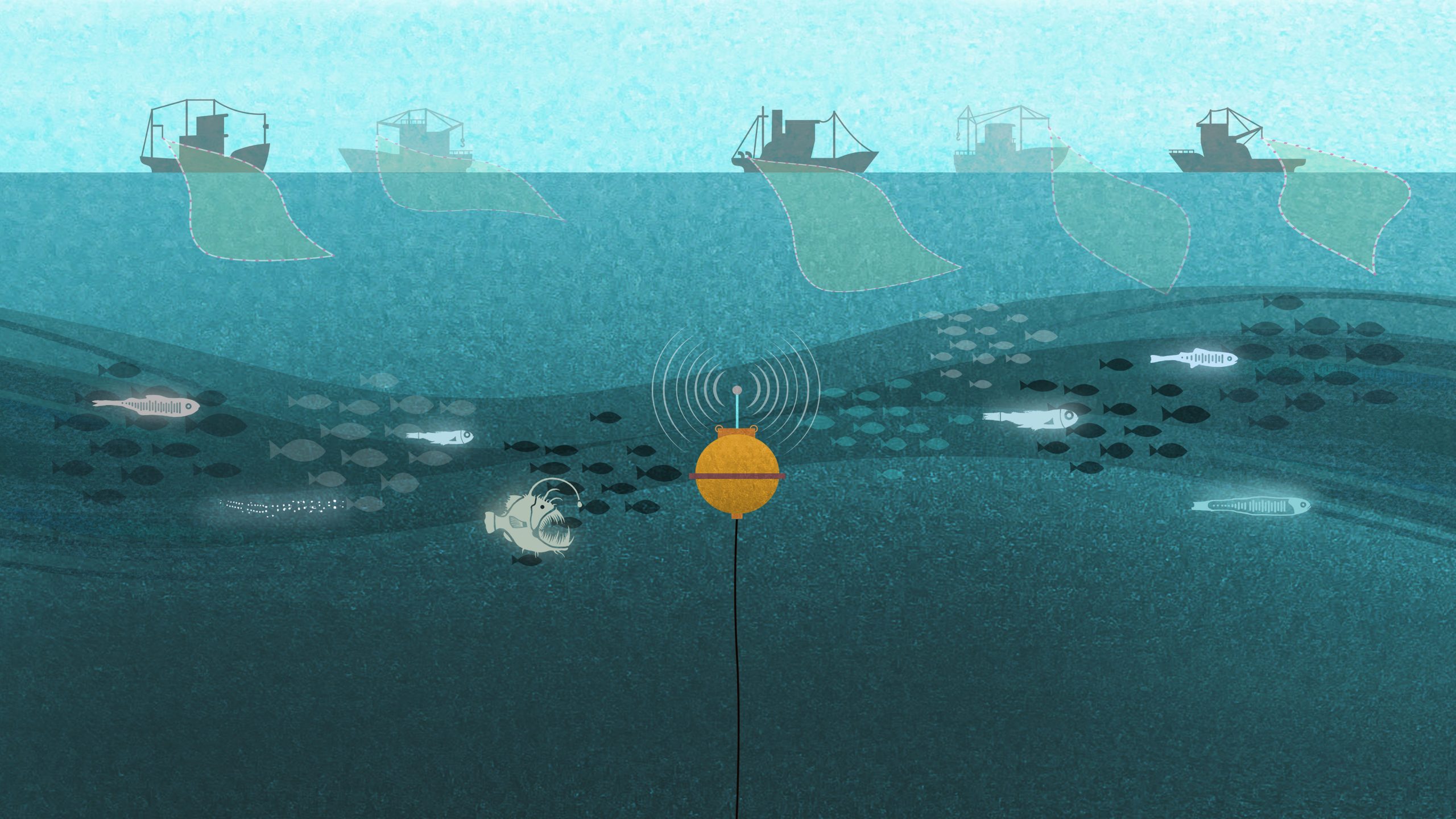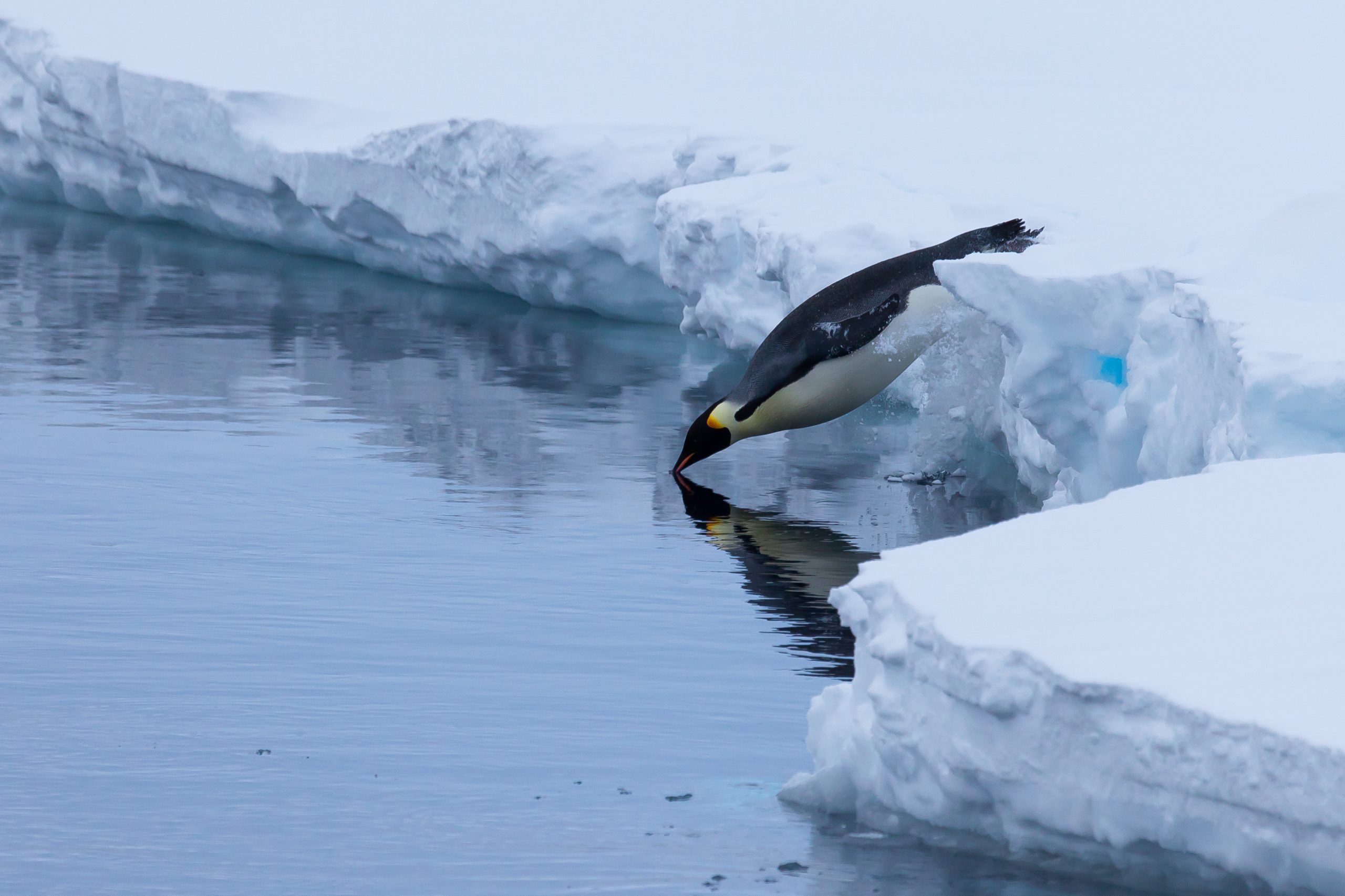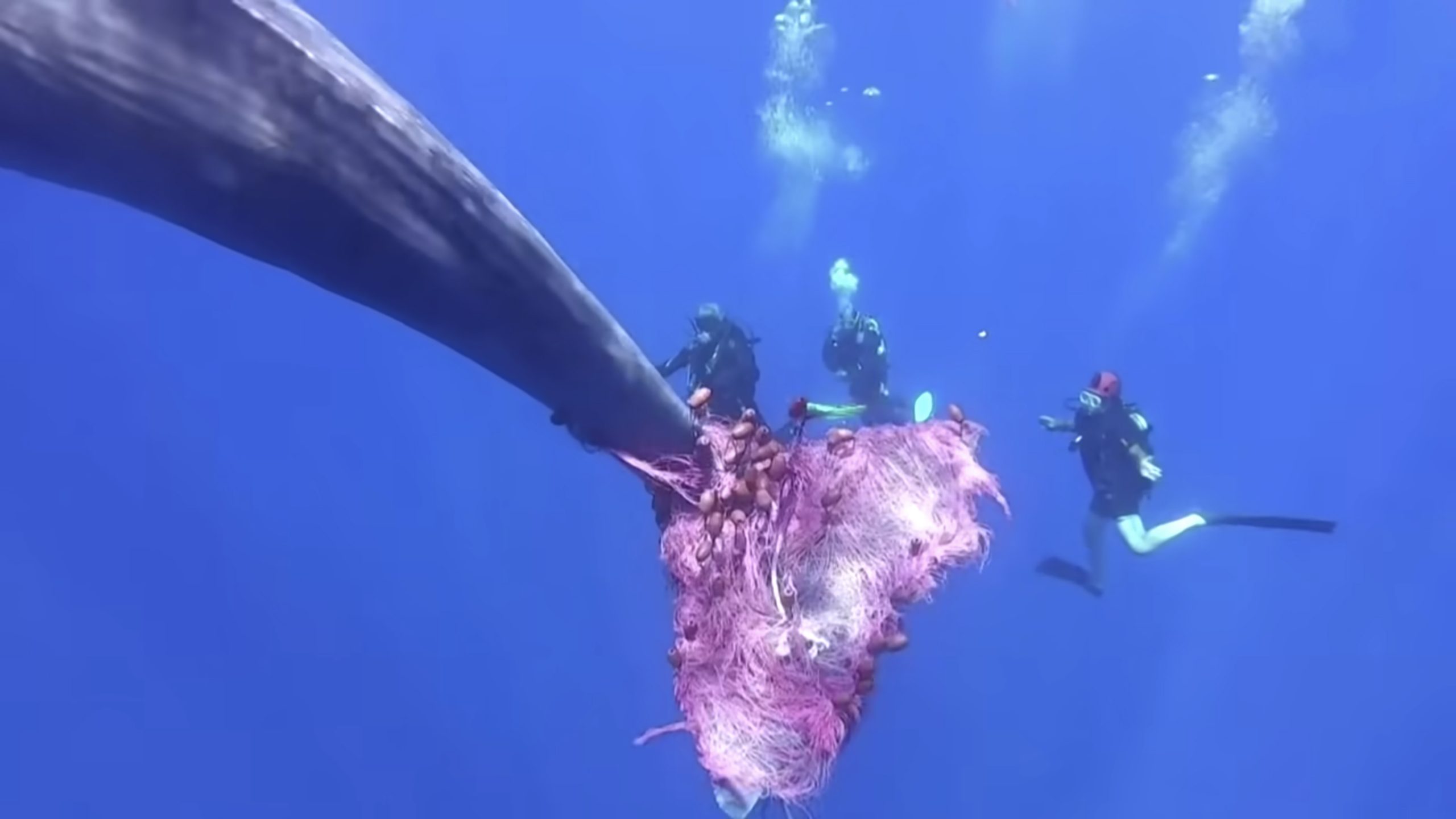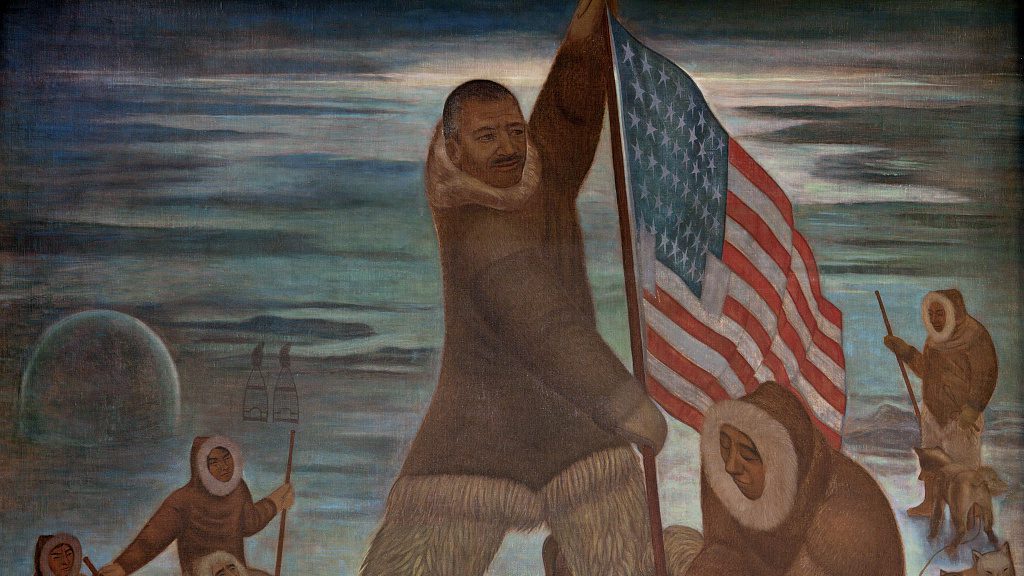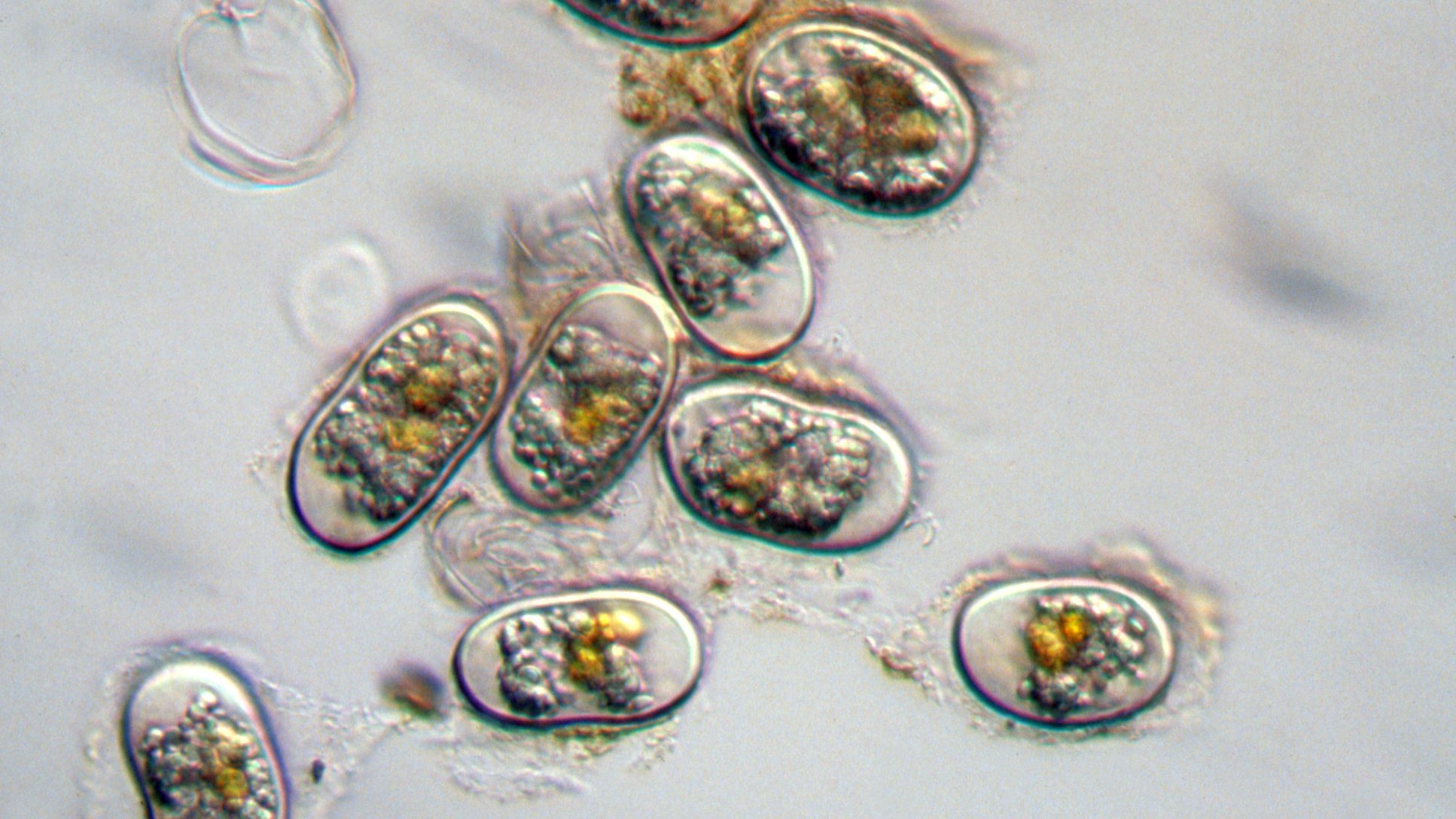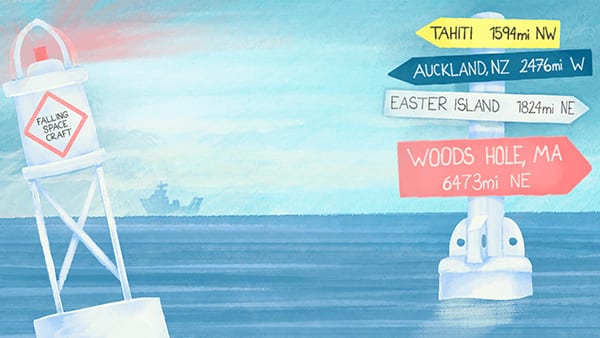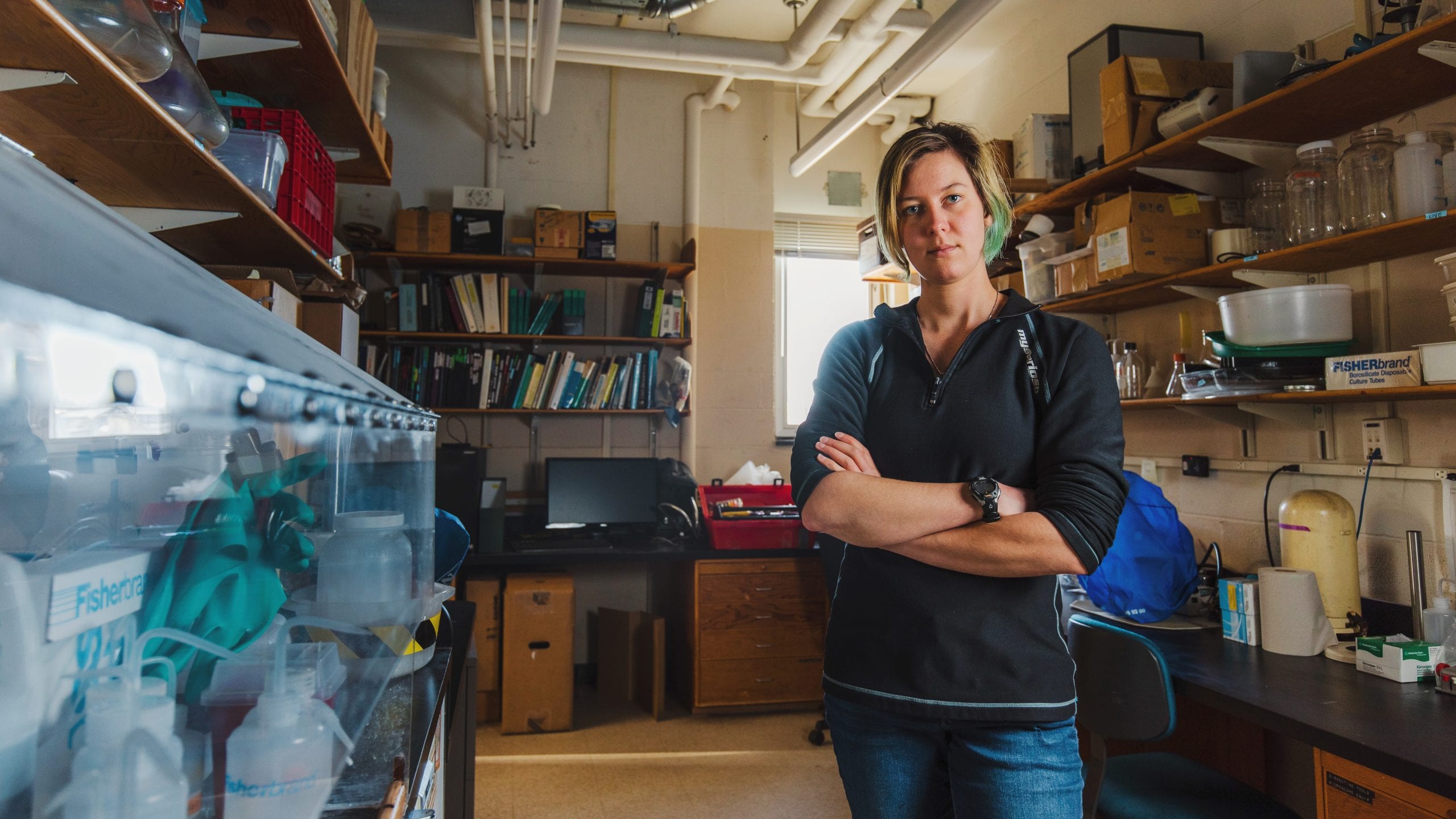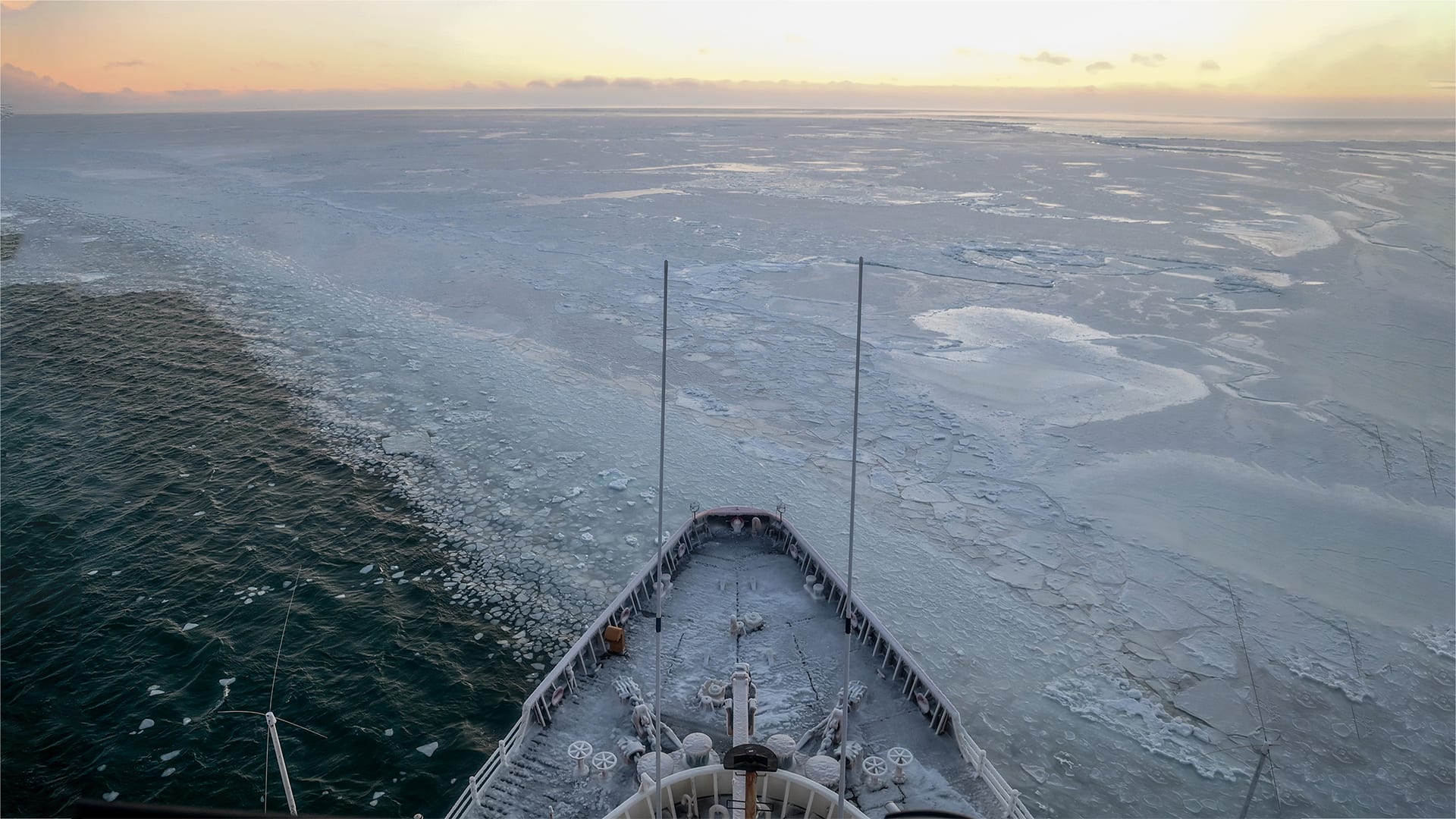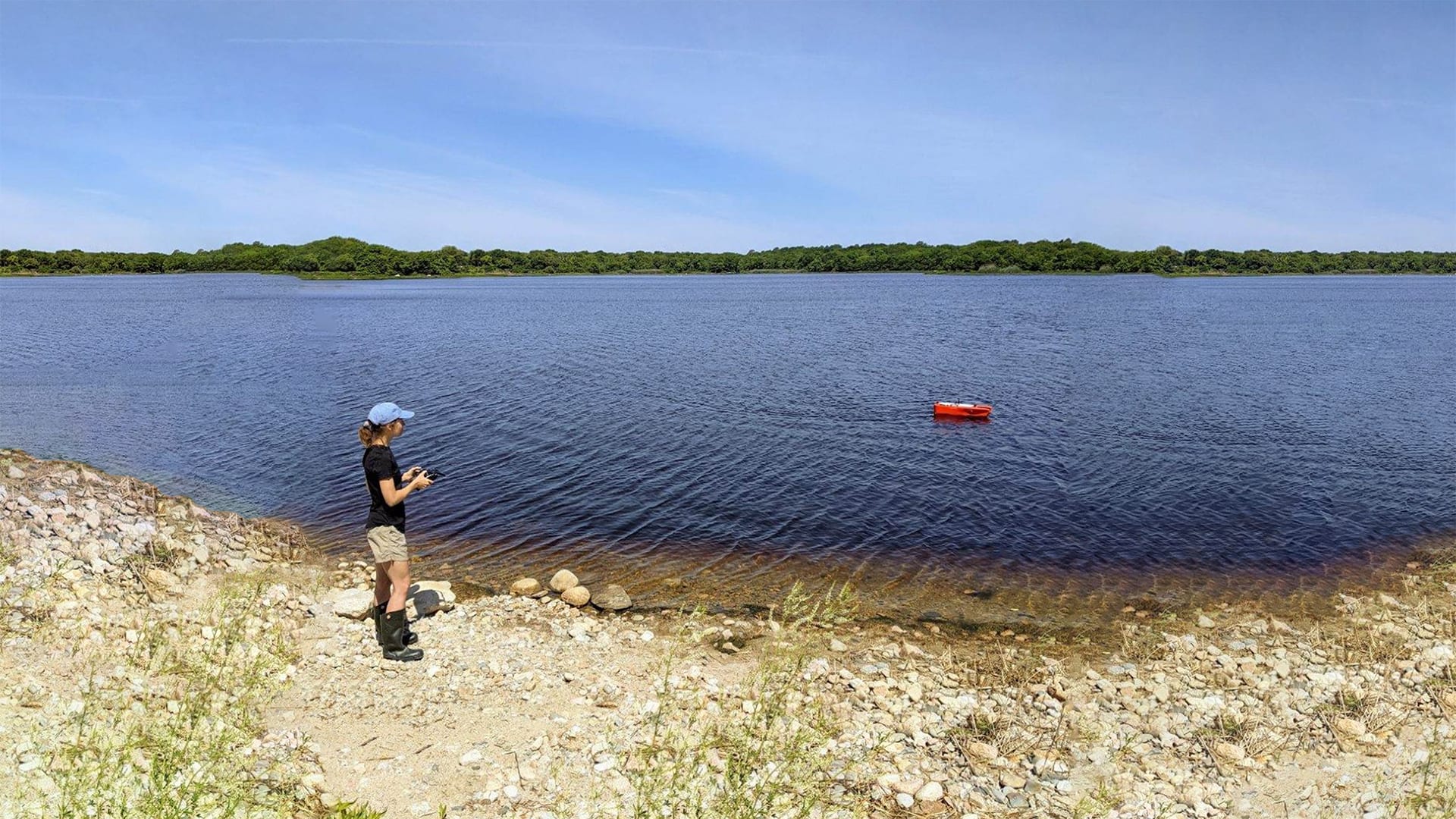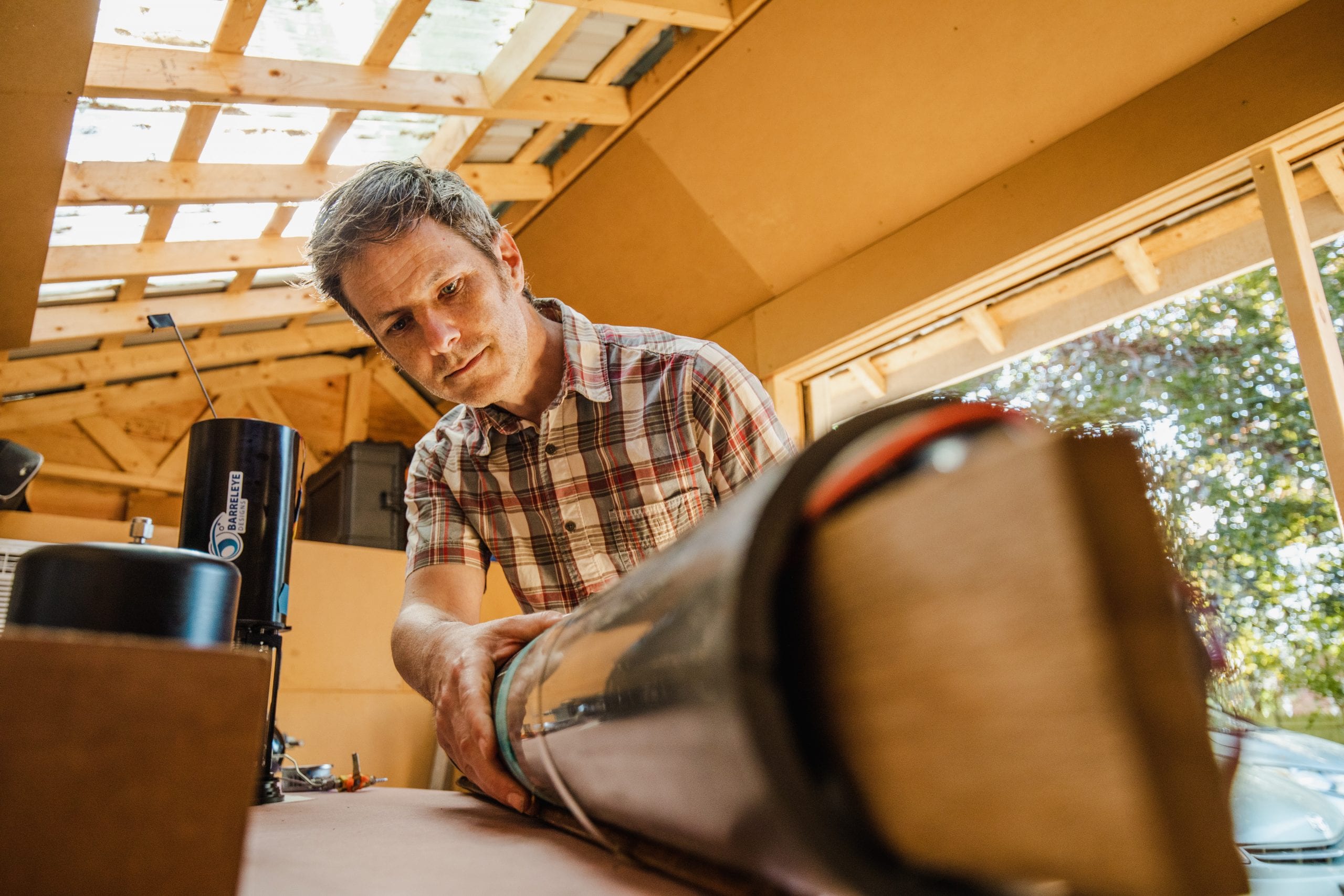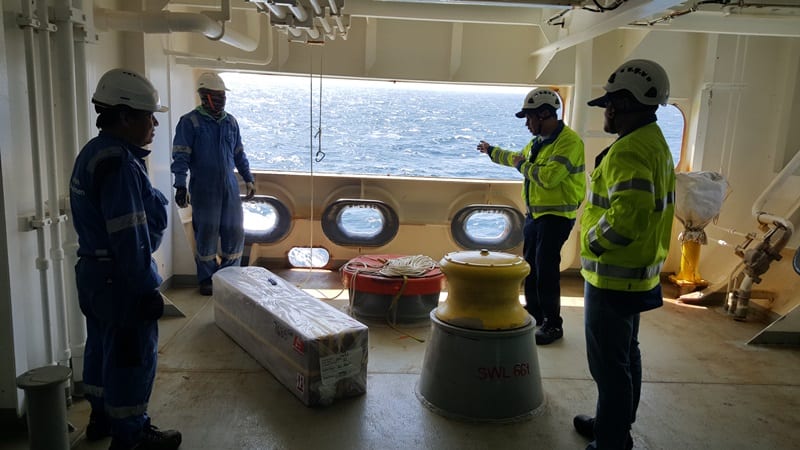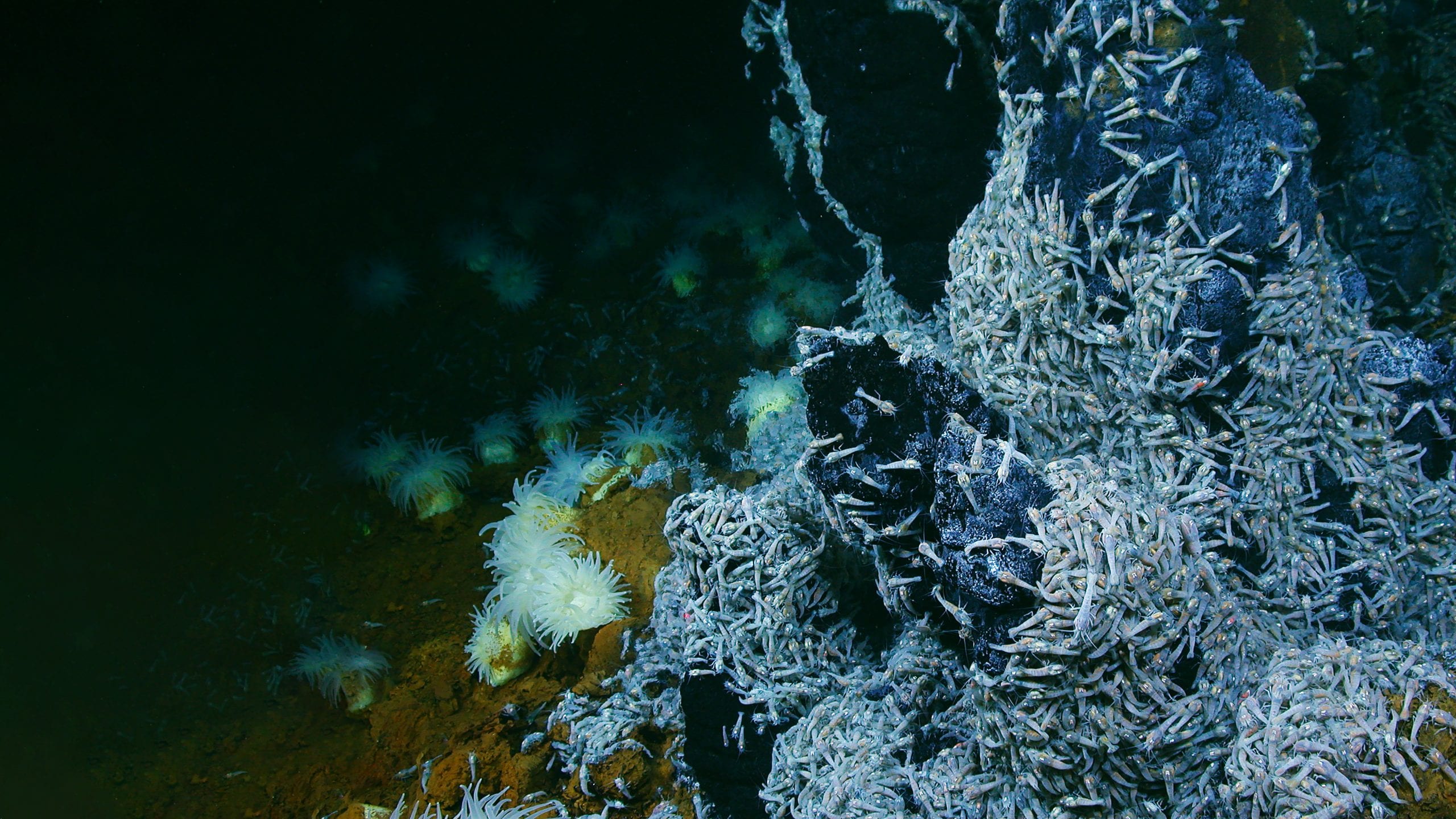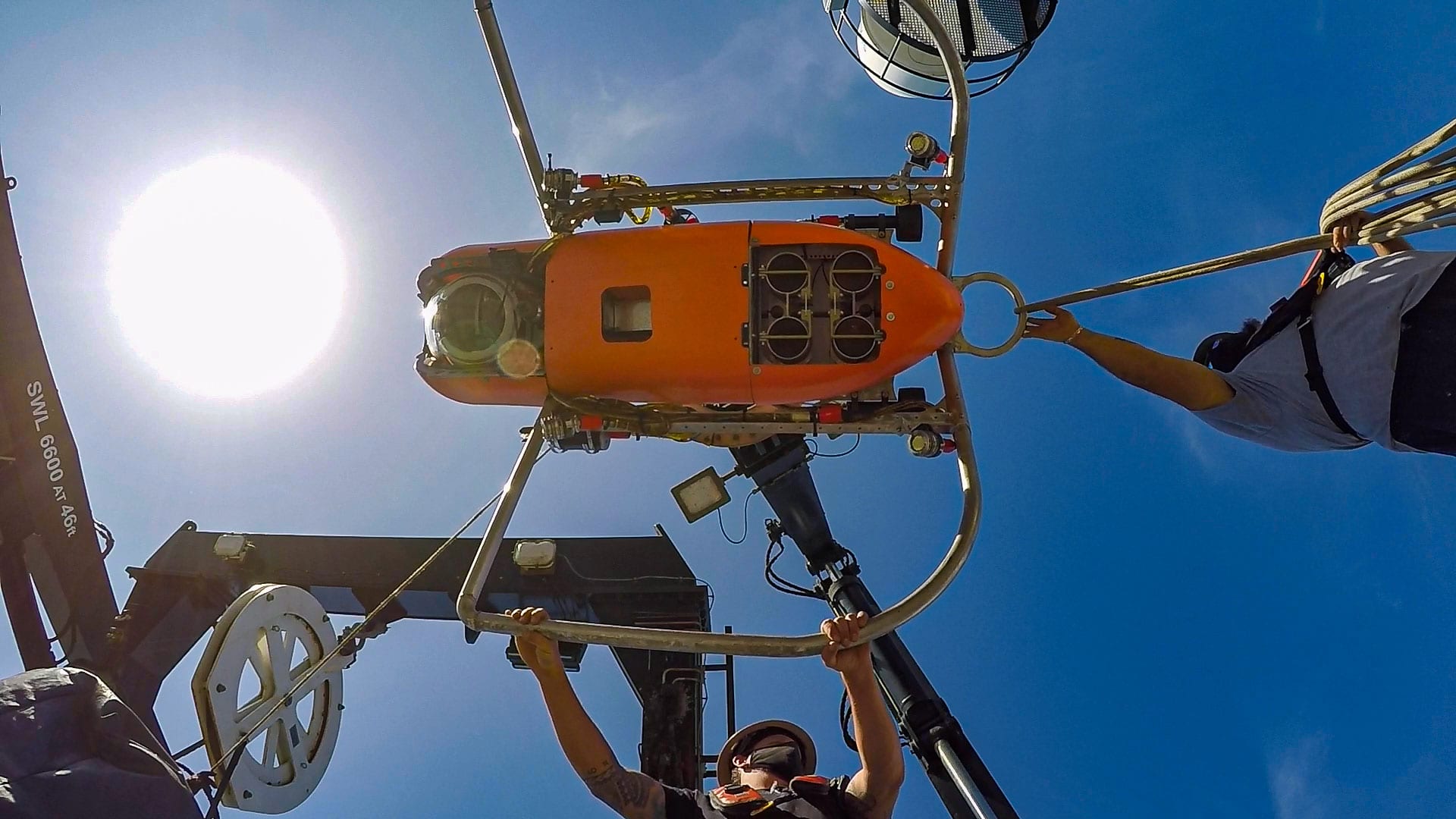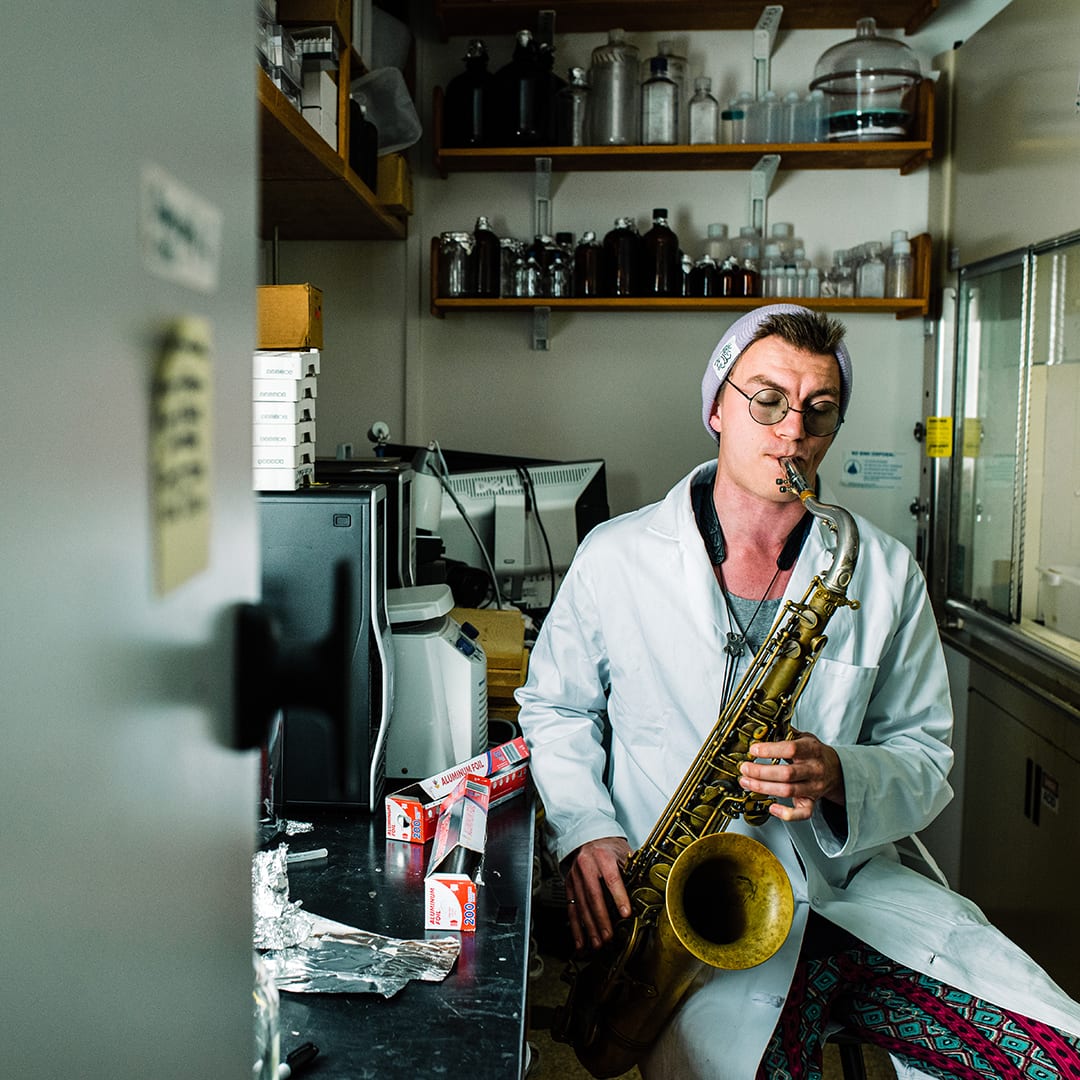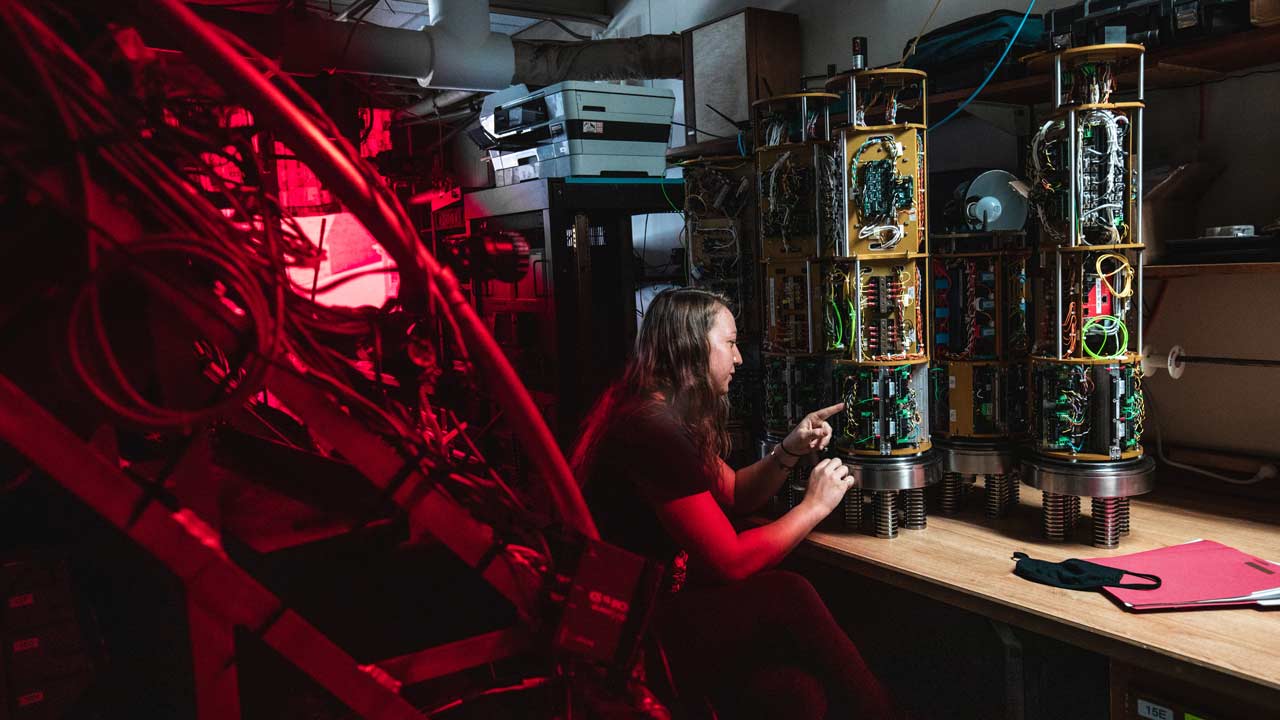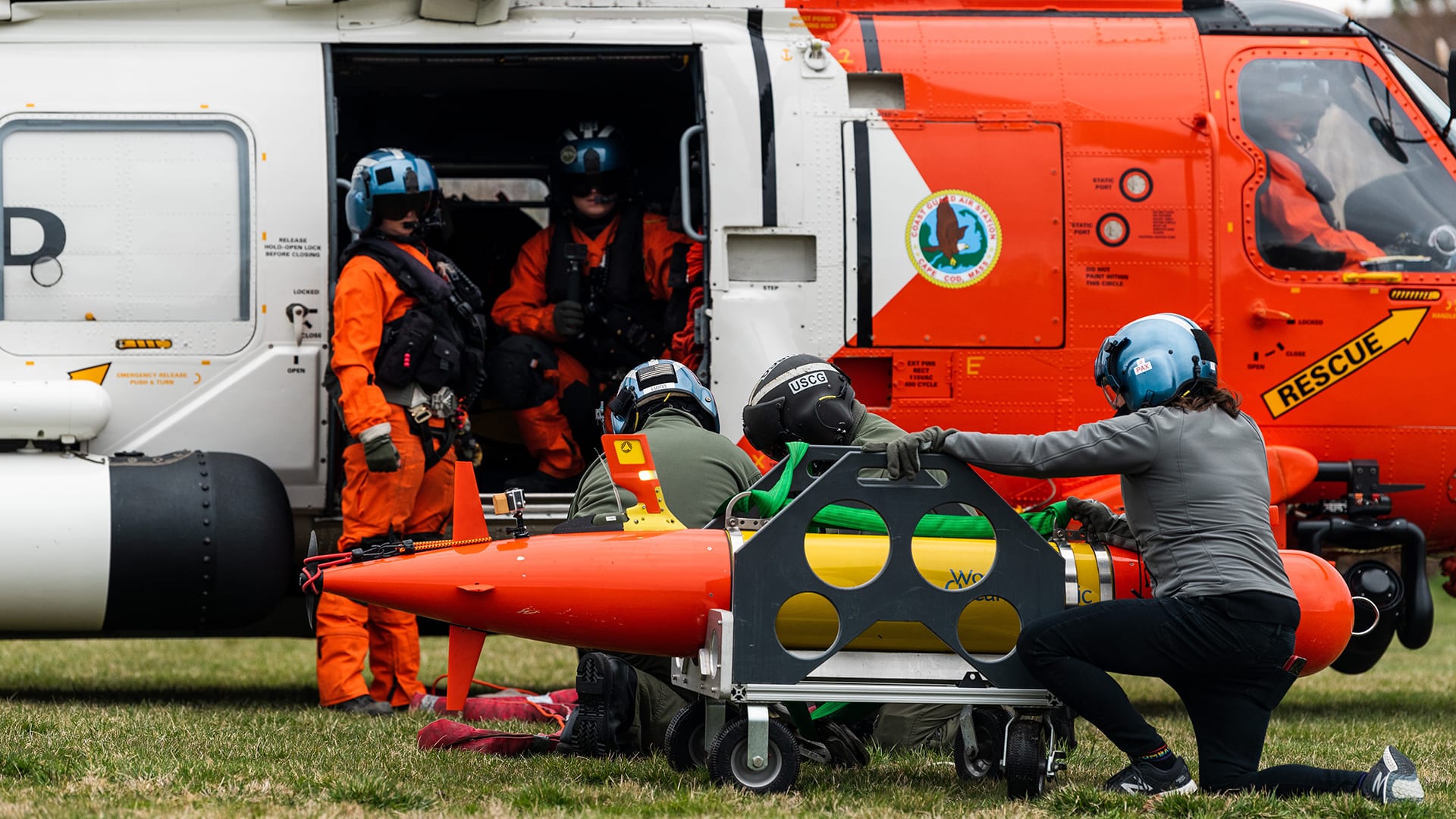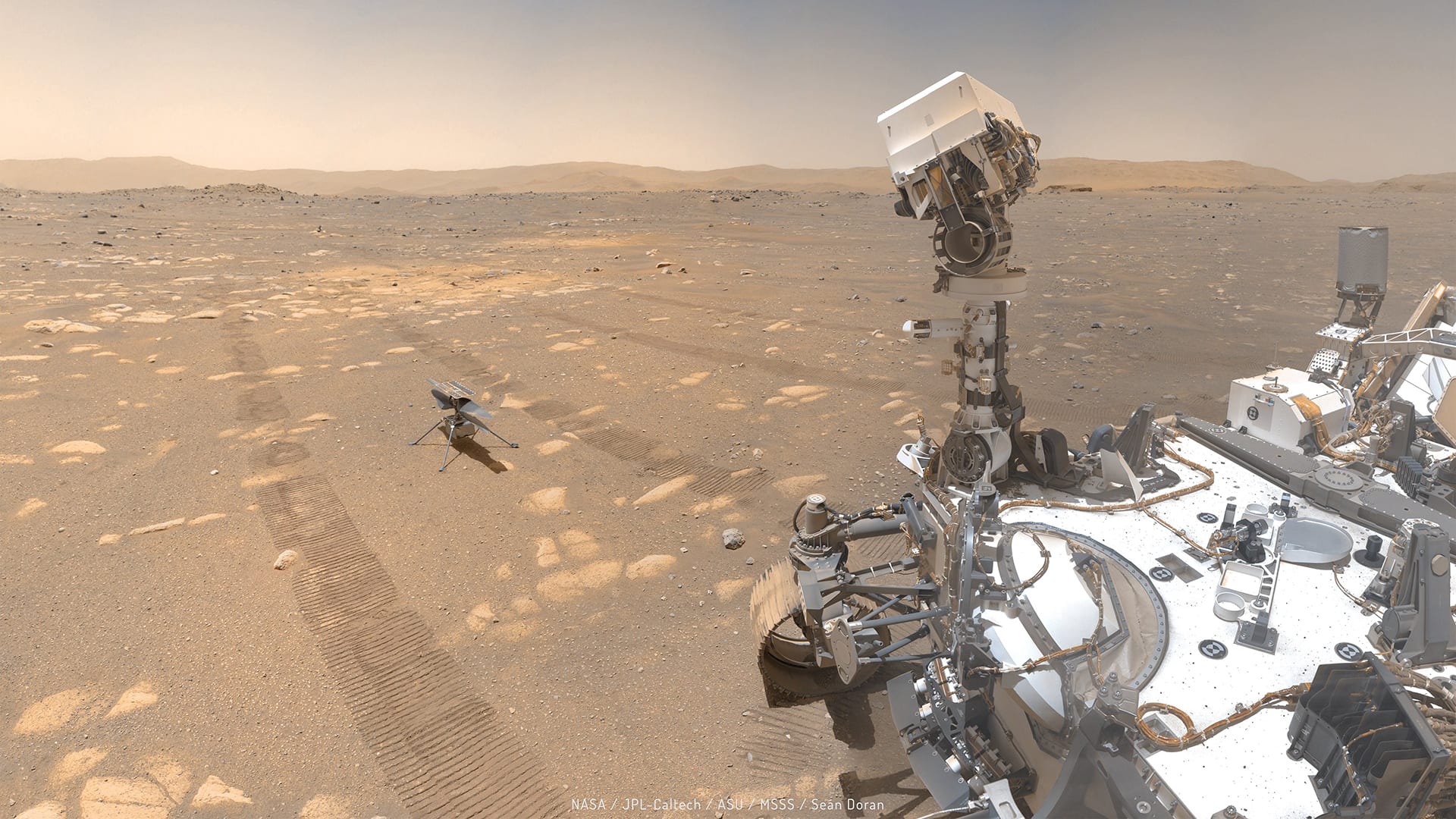Feature
Jaida Elcock: diversity is essential–in the marine ecosystem and in science
MIT-WHOI Joint Program student Jaida Elcock always knew she was going to work with sharks. Oceanus caught up with her to find out more about why sharks—and representation—matter.
Read MoreWhale Safe
For Mark Baumgartner, Whale Safe is the natural evolution of WHOI’s work with passive acoustics
Read MoreSummer with Sentry: Intern Renee Gruner-Mitchell
Renee Gruner-Mitchell on her internship working on AUV Sentry at the National Deep Submergence Facility during the summer of 2021.
Read MoreAccessible Oceans
Making marine science available to the visually-impaired
Read MoreFive marine living fossils you should know about
After living for millions of years, these species may have mastered evolution in our ocean
Read MoreFor Cynthia Becker, solutions to coral health are in the smallest details
MIT-WHOI Joint Program student Cynthia Becker sits down with Oceanus Magazine to explain why marine microbes may be the key to diagnosing reef health
Read MoreMeasuring the great migration
A bioacoustic mooring will use sound to help estimate life migrating in the ocean’s twilight zone as part of a new long-term observation network in the Atlantic
Read MoreFascinating facts about emperor penguins
We might chuckle at the sight of penguins waddling over ice, but these flightless birds would put Olympic swimmers to shame. Learn more about emperor penguins, the largest penguin in the world and permanent residents of Antarctica.
Read MoreKeeping an ear out for entangled whales
To help mitigate the impacts of illegal fishing off the Sicilian coast, a WHOI scientist and his collaborators are attaching acoustic tags to drift nets so sperm whales can be located and tracked for disentanglement crews.
Read MoreDiverse Voices From Our Maritime Past
By providing access to local and marginalized voices, these archives hope to help ensure that local communities can benefit from the work of Western scientists and historians.
Read MoreA dragnet for toxic algae?
To keep a close eye on harmful algal blooms, shellfish farmers are relying on a WHOI-developed camera system that spies on toxic species below the surface and sends alerts when they’re present.
Read MoreSecrets in the dust
Scientists mine ancient dust from the ocean’s loneliest spot
Read MoreFalling in love with deep-sea parasites
At hydrothermal vents there are body-snatchers, intestinal hitchhikers, and chest-bursters, but something about them is still alluring to Lauren Dykman
Read MoreA rare mission north
Serendipitous science mission aboard the Polar Star provides “once-in-a-lifetime” opportunity to collect critical ocean data below the ice
Read MoreHow historic hurricanes can help predict storm intensity
Research into past hurricanes could help predict the strength of future storms, and inform infrastructure planning and emergency management decisions in southern New England
Read MoreNew glider design aims to expand access to ocean science
Gliders are vehicles vital to collecting oceanographic data, but not accessible to everyone in the ocean community. A team of WHOI engineers want to change that
Read MoreScience RoCS Initiative responds to need for increased ocean monitoring
Commercial ships are helping oceanographers deploy robotic Argo floats to keep an eye on hard-to-reach parts of the ocean
Read MoreThe ocean science-art connection
Some of the most complex insights in marine science are no match for the communicative power of art. Check out these five recent collaborations between ocean scientists and artists
Read MoreGoing the Distance
Unraveling the mysteries of the vast global ocean means entering some of the most remote and dangerous places on the planet.
Read MoreFive things to know about NOAA’s 2021 Tech Demo
Researchers prepare WHOI’s autonomous underwater vehicle, Orpheus for its first deep dive of 2021Tech Demo.
Read MoreA new ocean soundscape
Combining his passions for marine chemistry and music, an MIT-WHOI Joint Program student converts data into songs that reveal the chemical nuances of the ocean.
Read MoreMeet the Alvin 6500 Team: Rose Wall
Alvin Engineer Rose Wall on joining the Alvin Group during an overhaul and the pandemic.
Read MoreOil spill response beneath the ice
Successful test deployment of WHOI vehicle Polaris expands U.S. Coast Guard response to oil spills in the Arctic
Read MoreFrom Mars to the deep
Navigation technology that helped NASA’s Perseverance rover land safely on Mars could guide robots in another unexplored terrain that’s much closer to home: the deepest trenches of the ocean.
Read More
